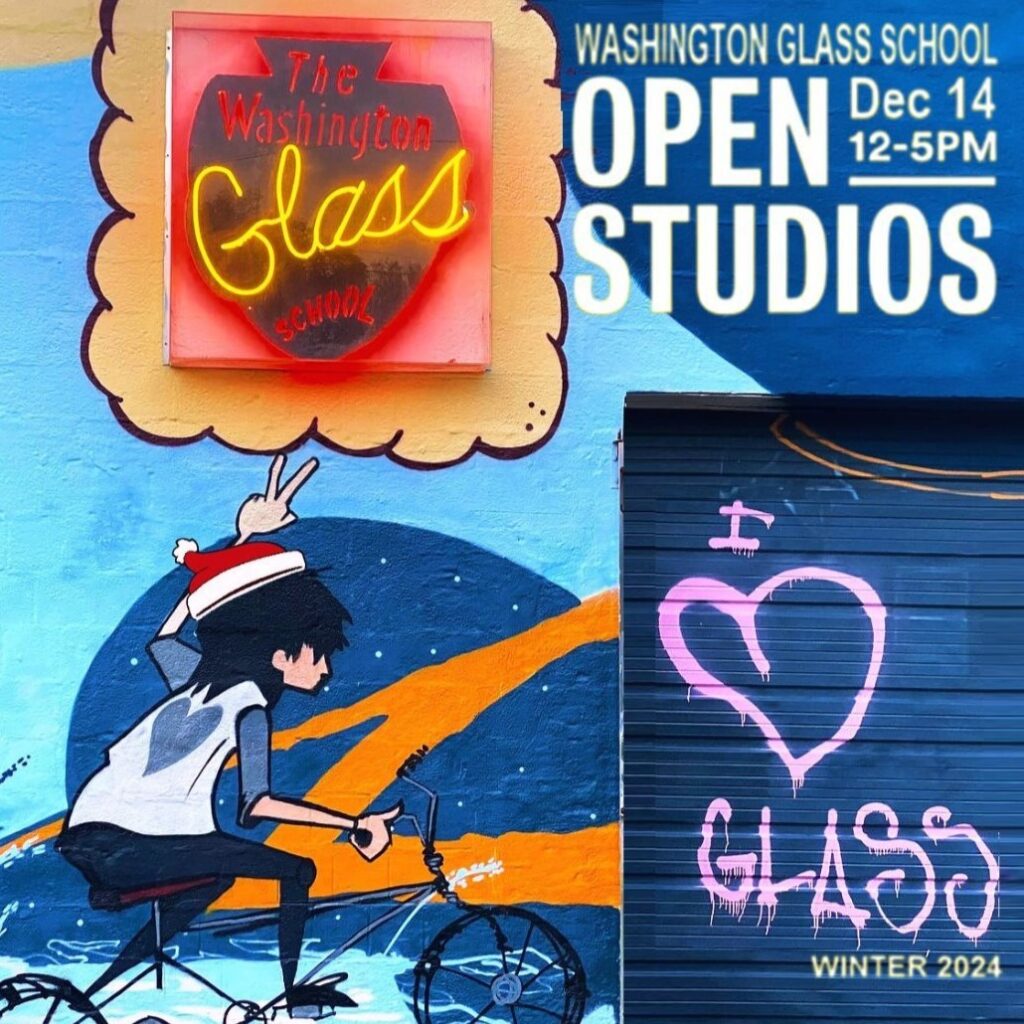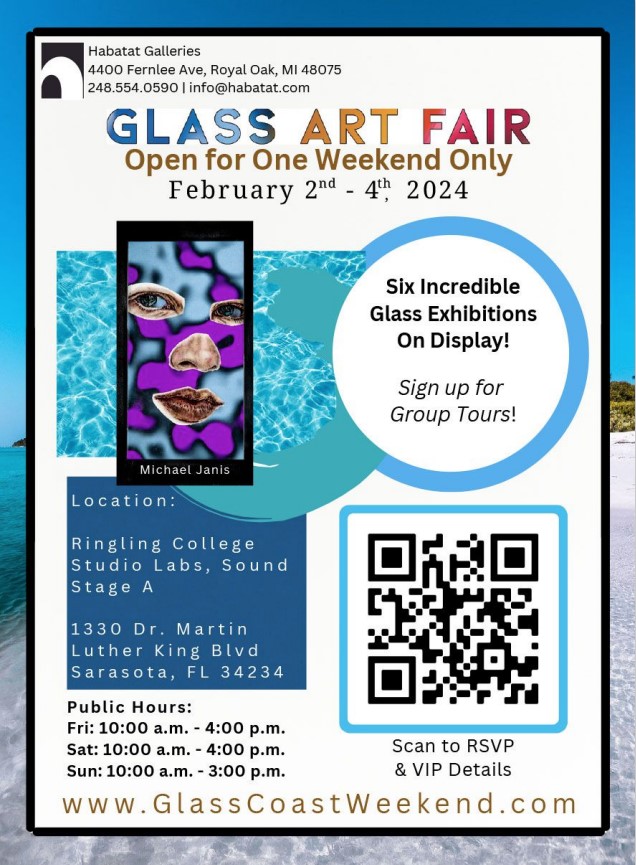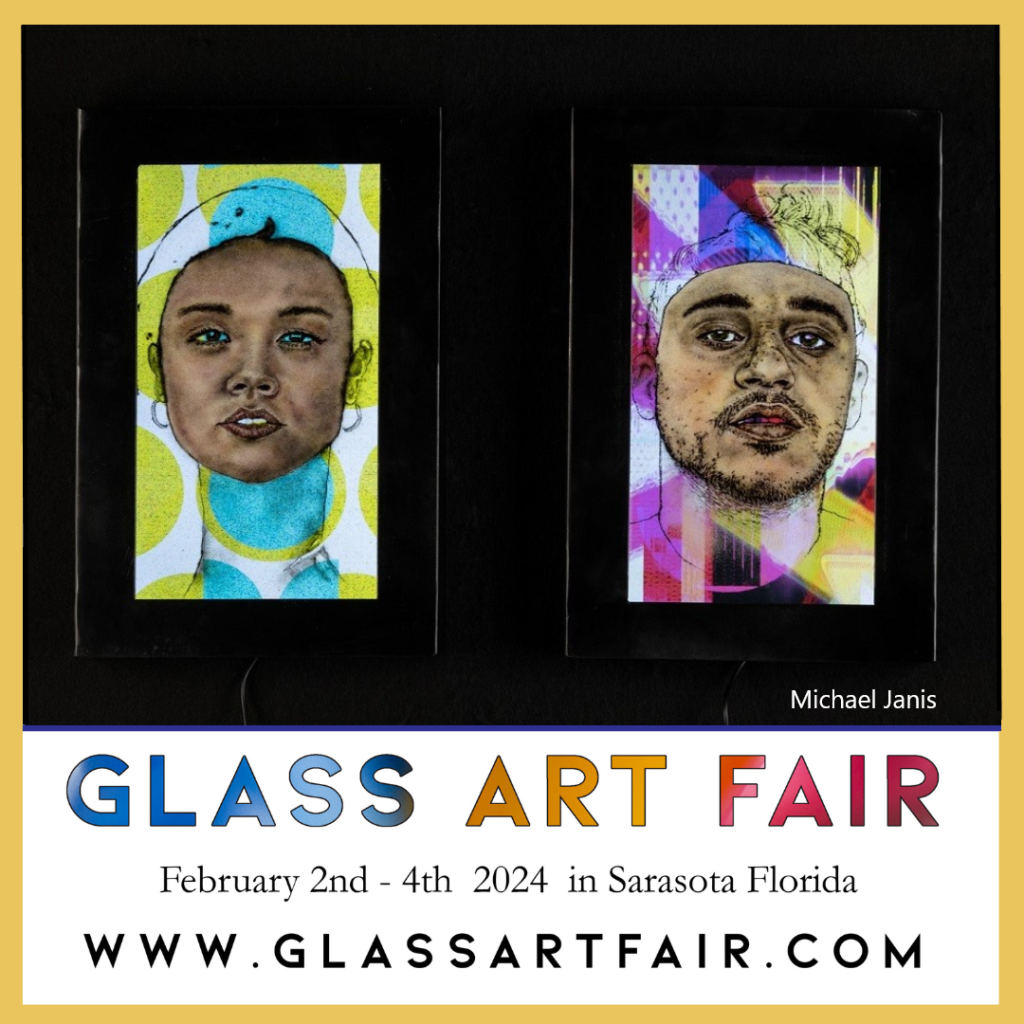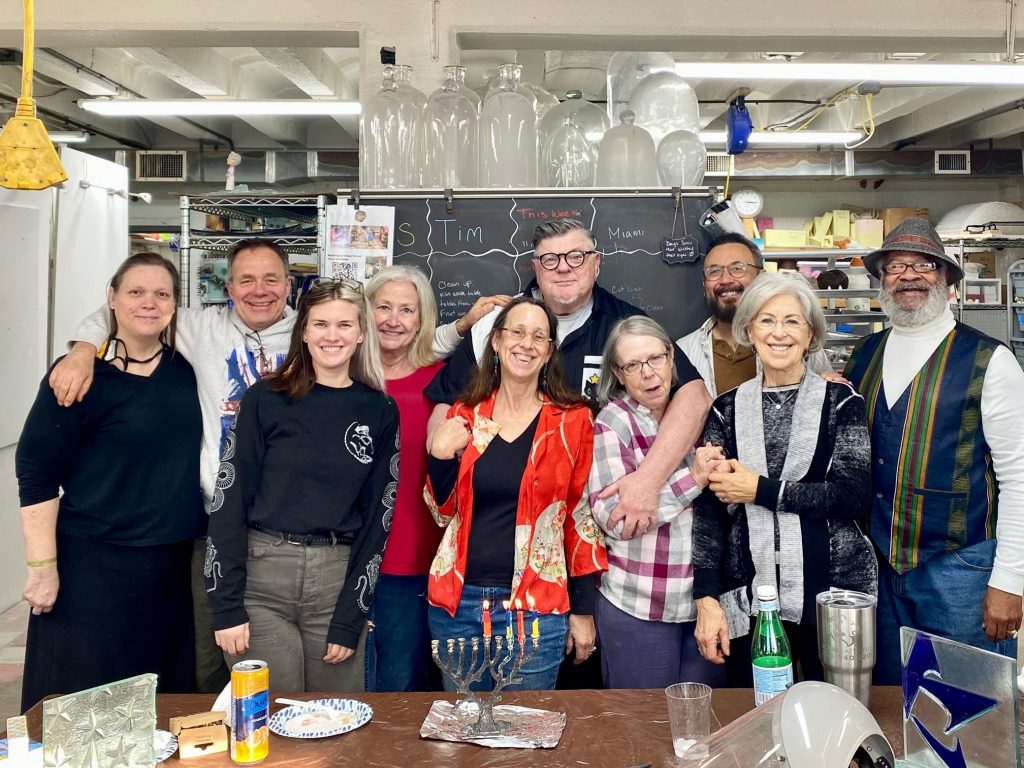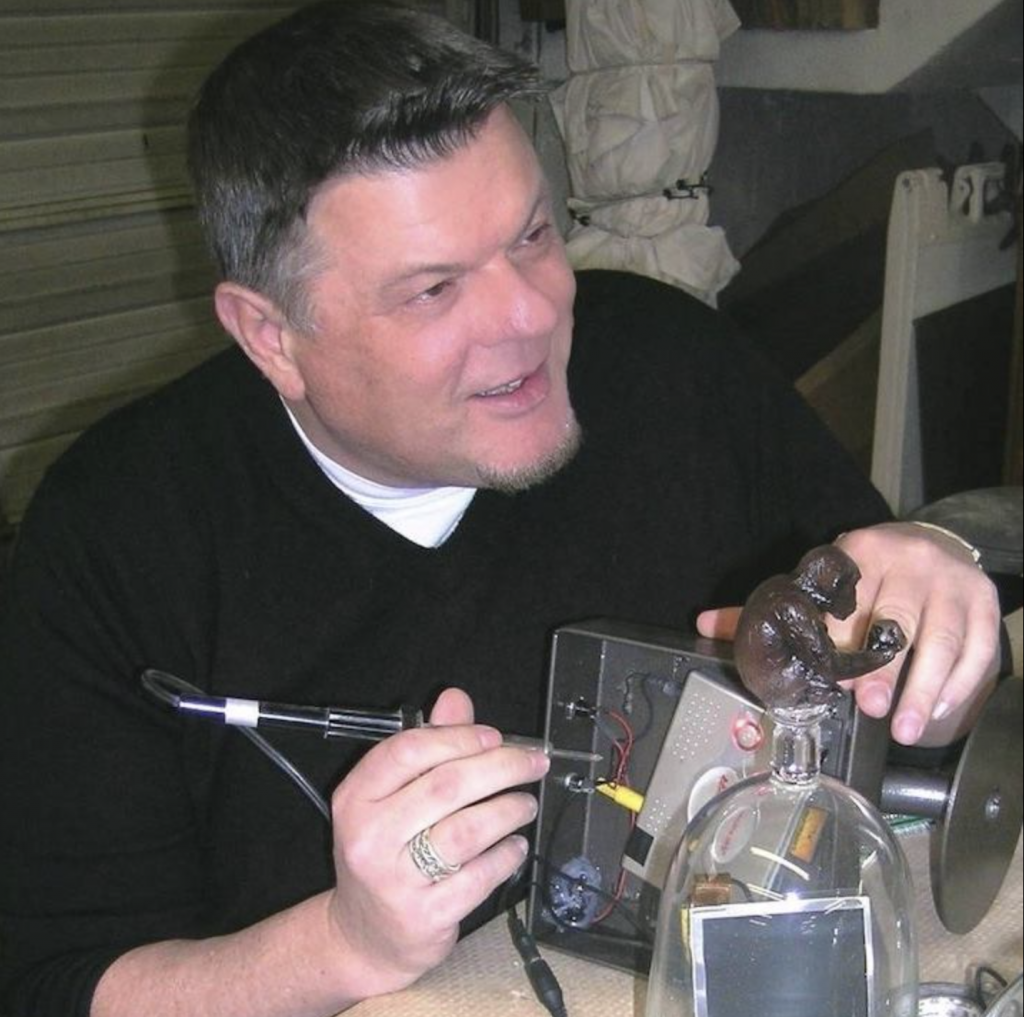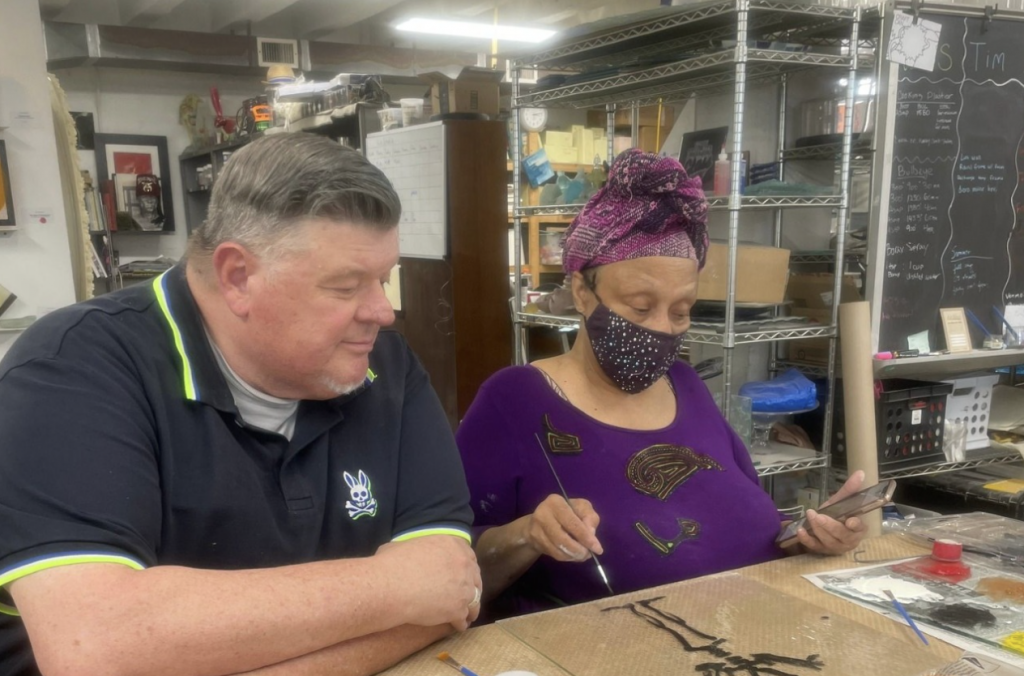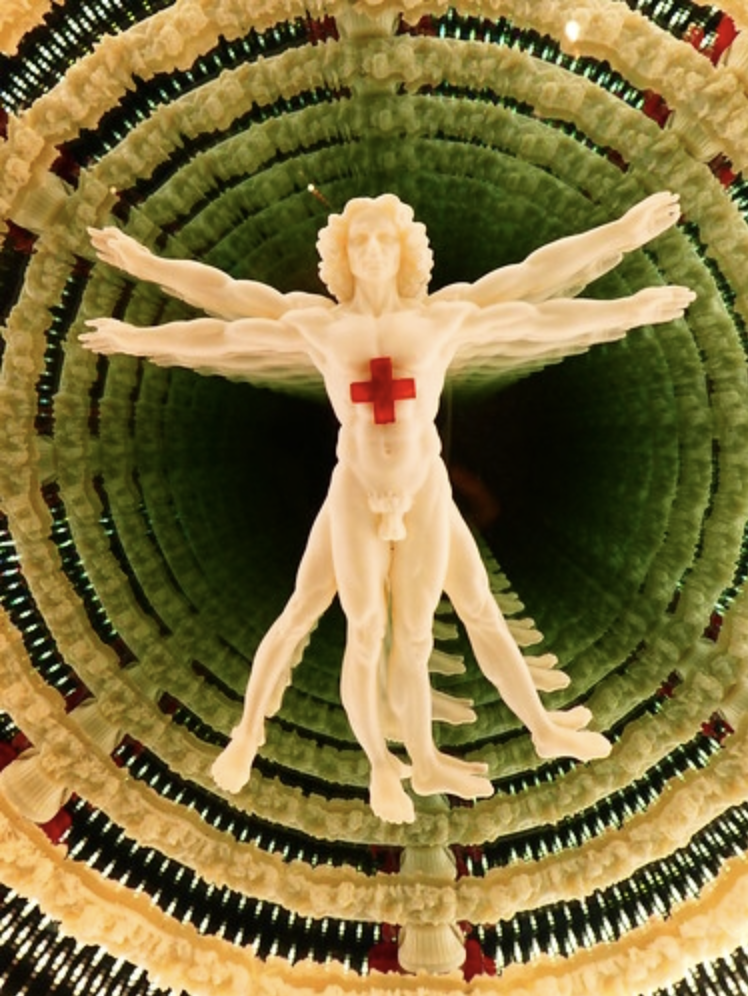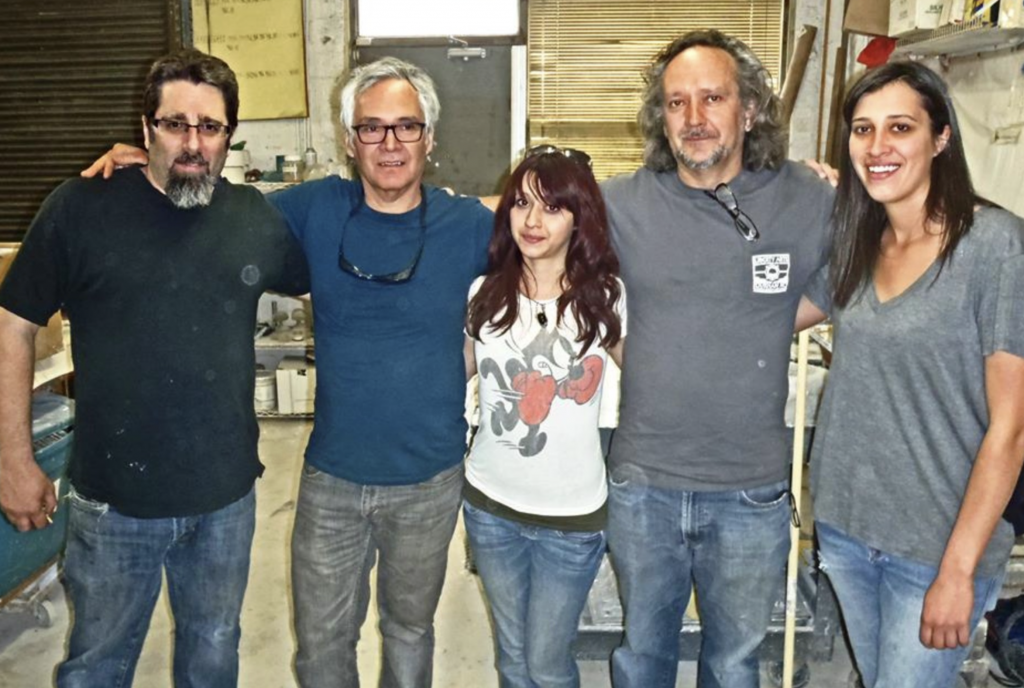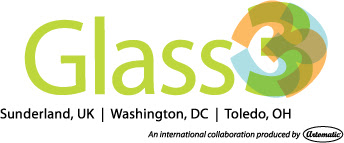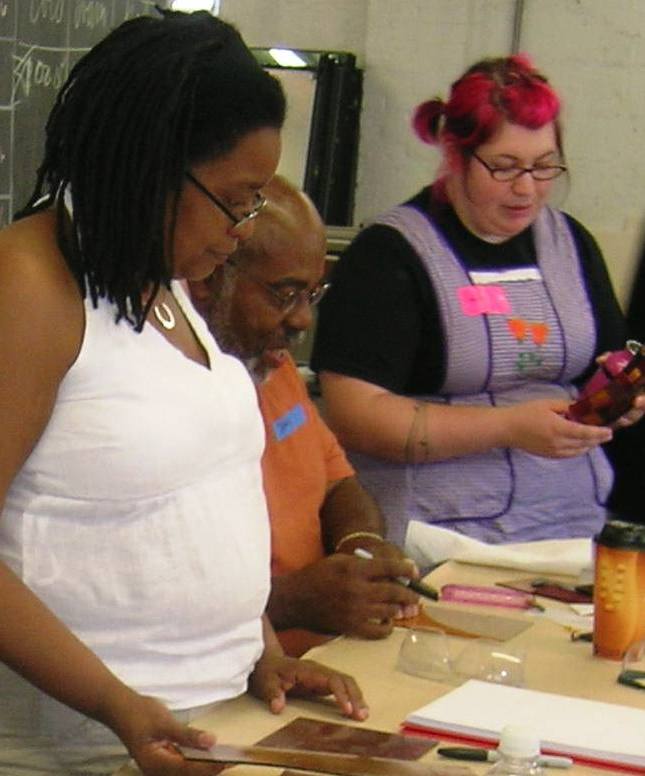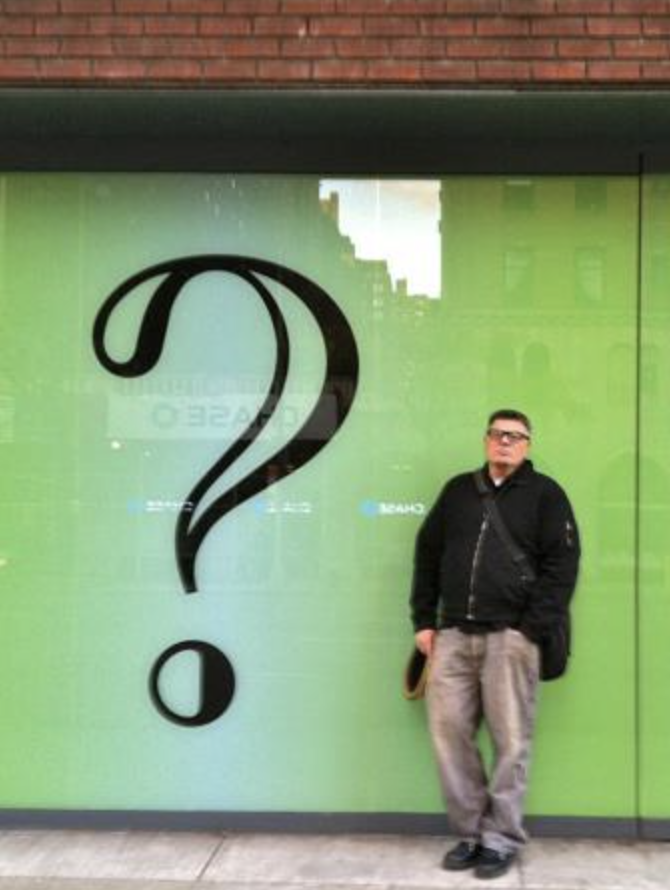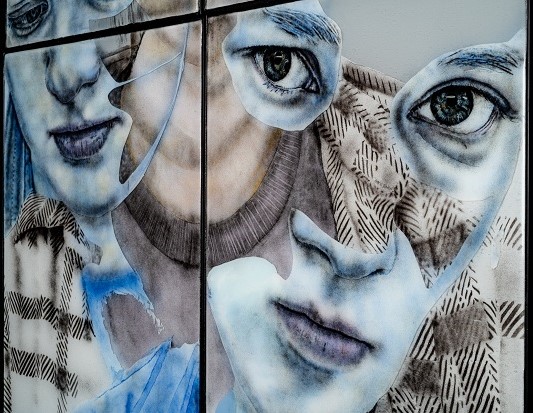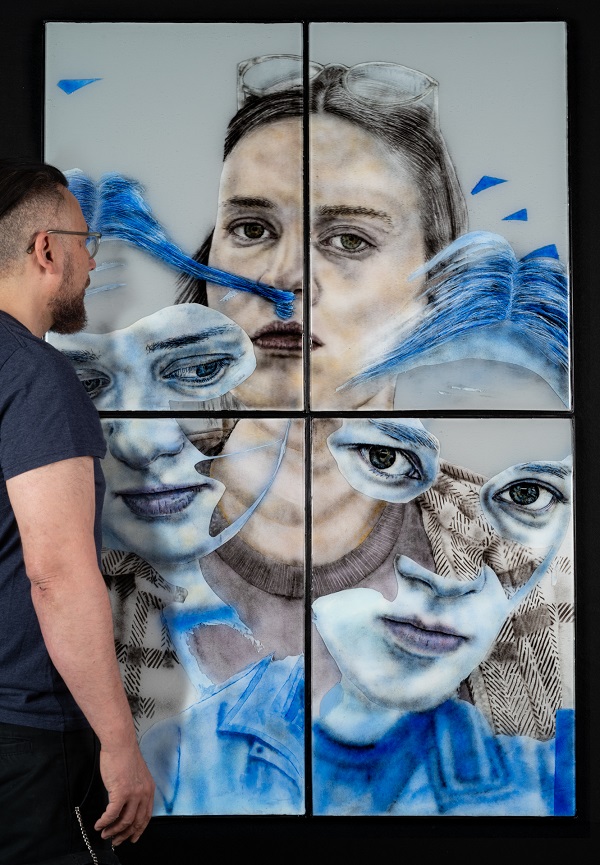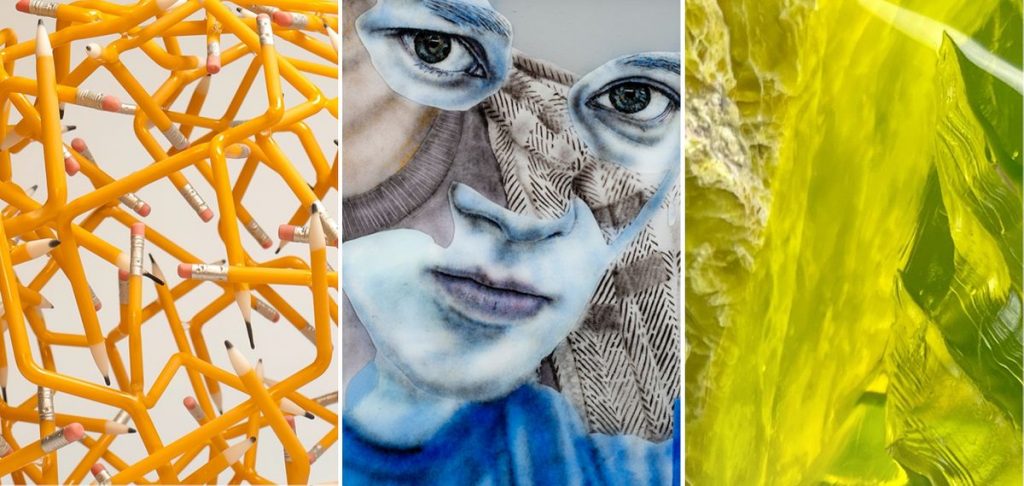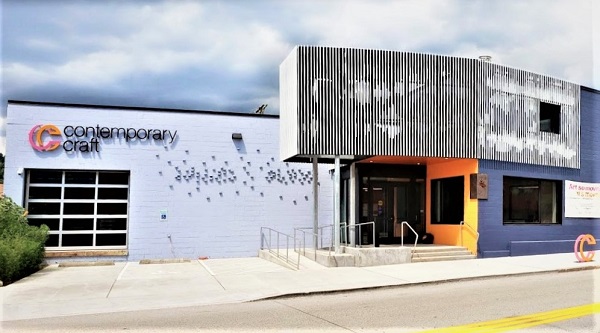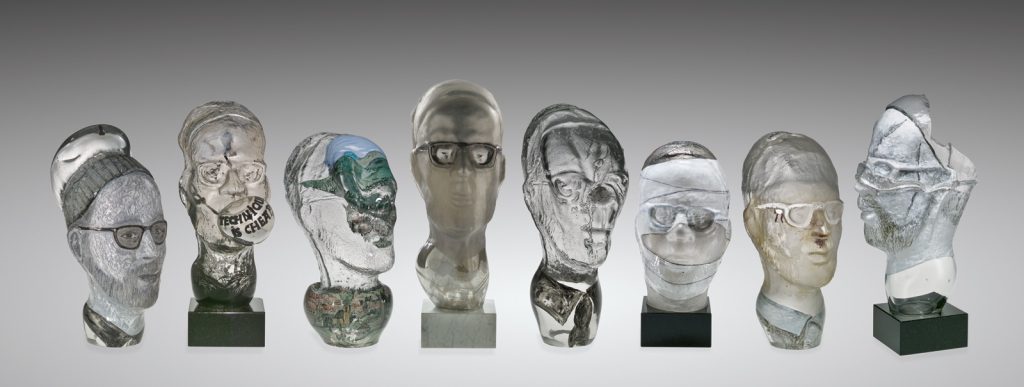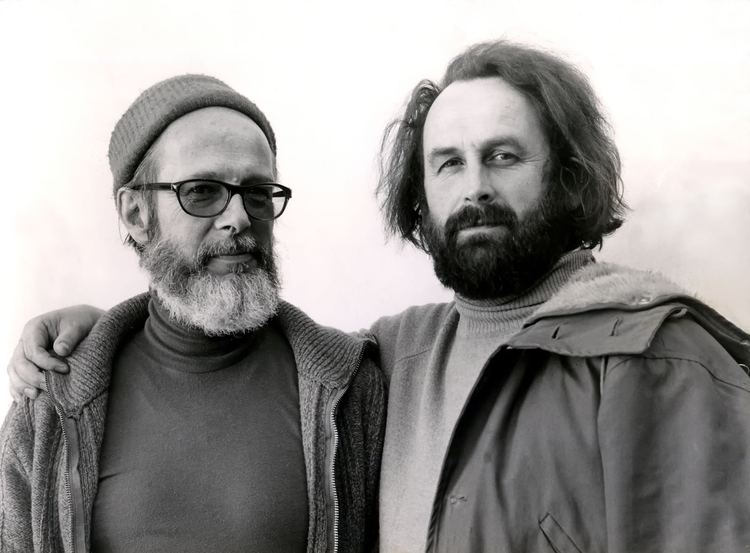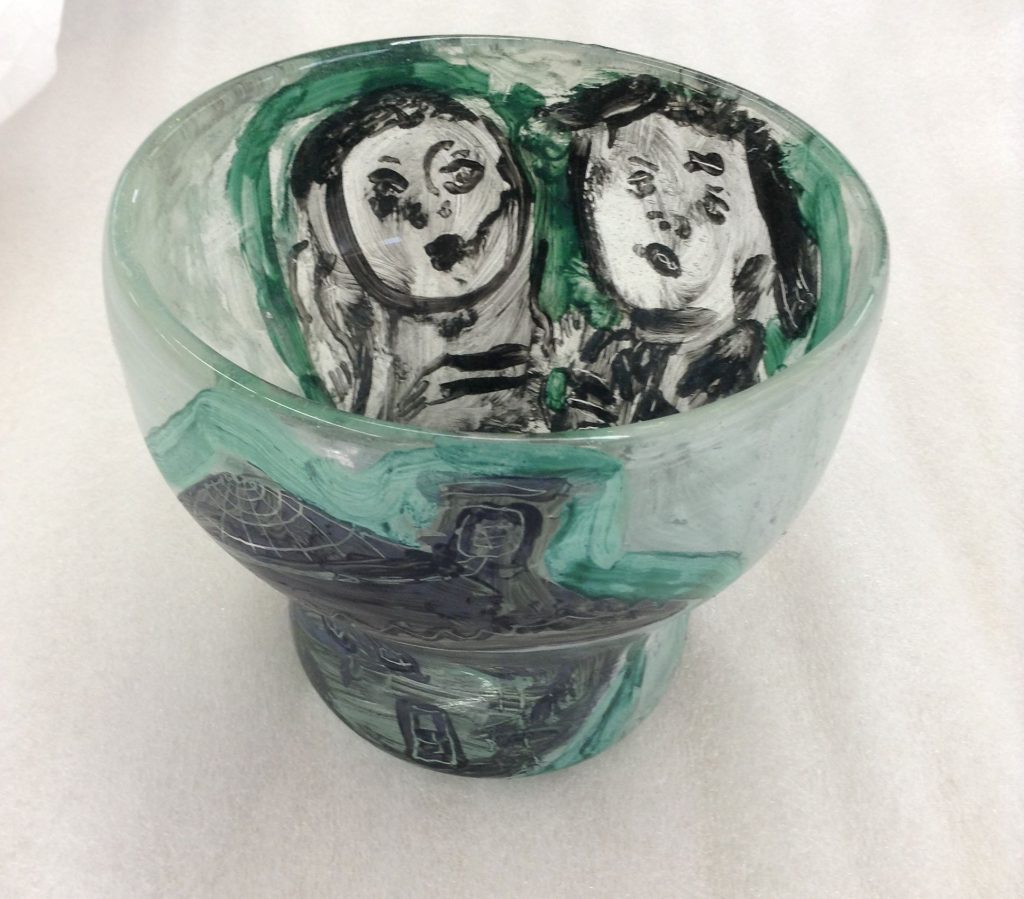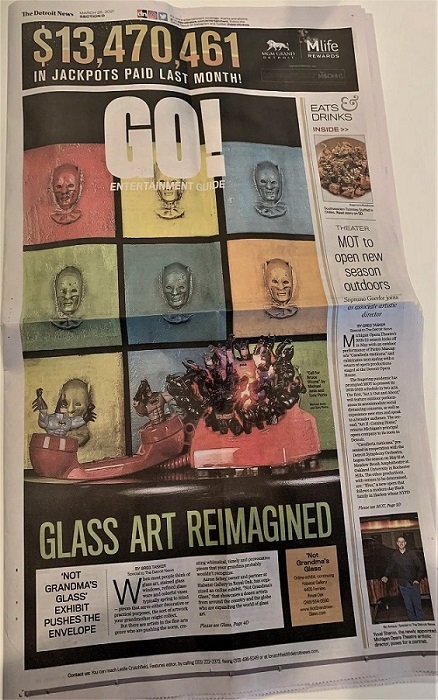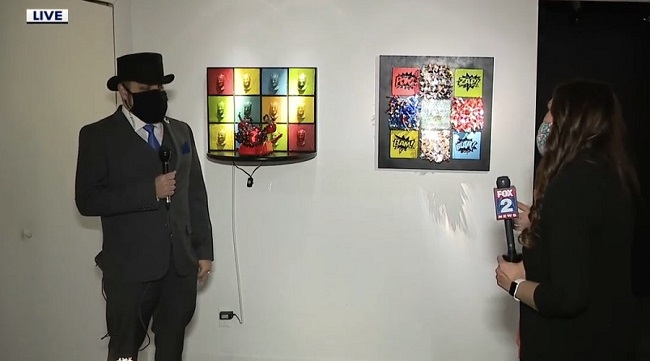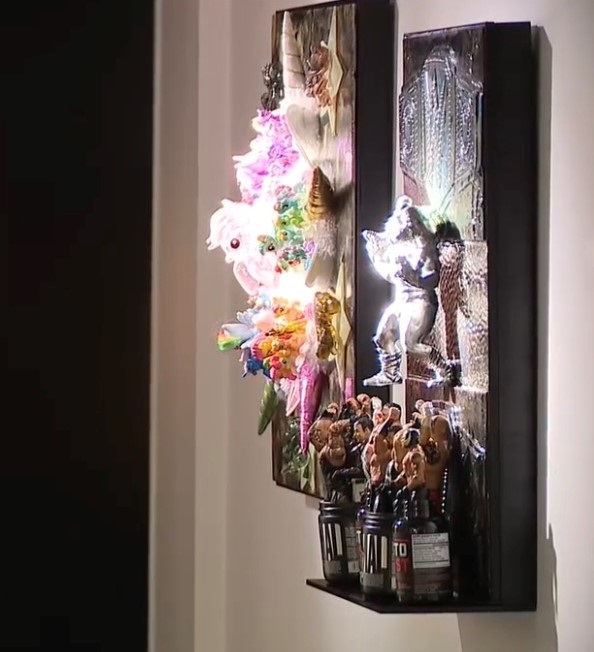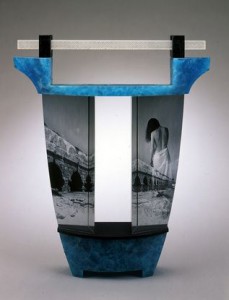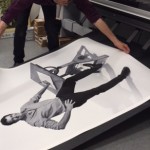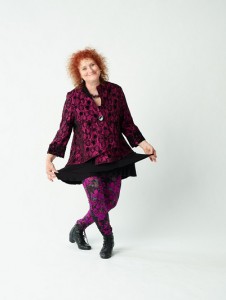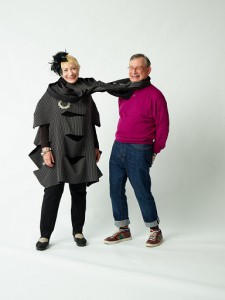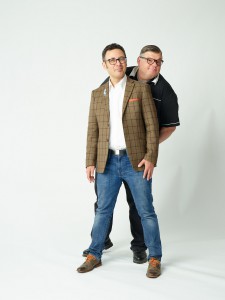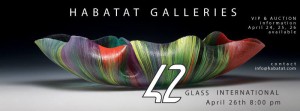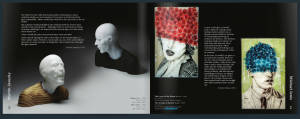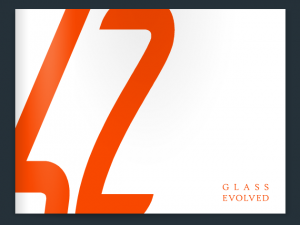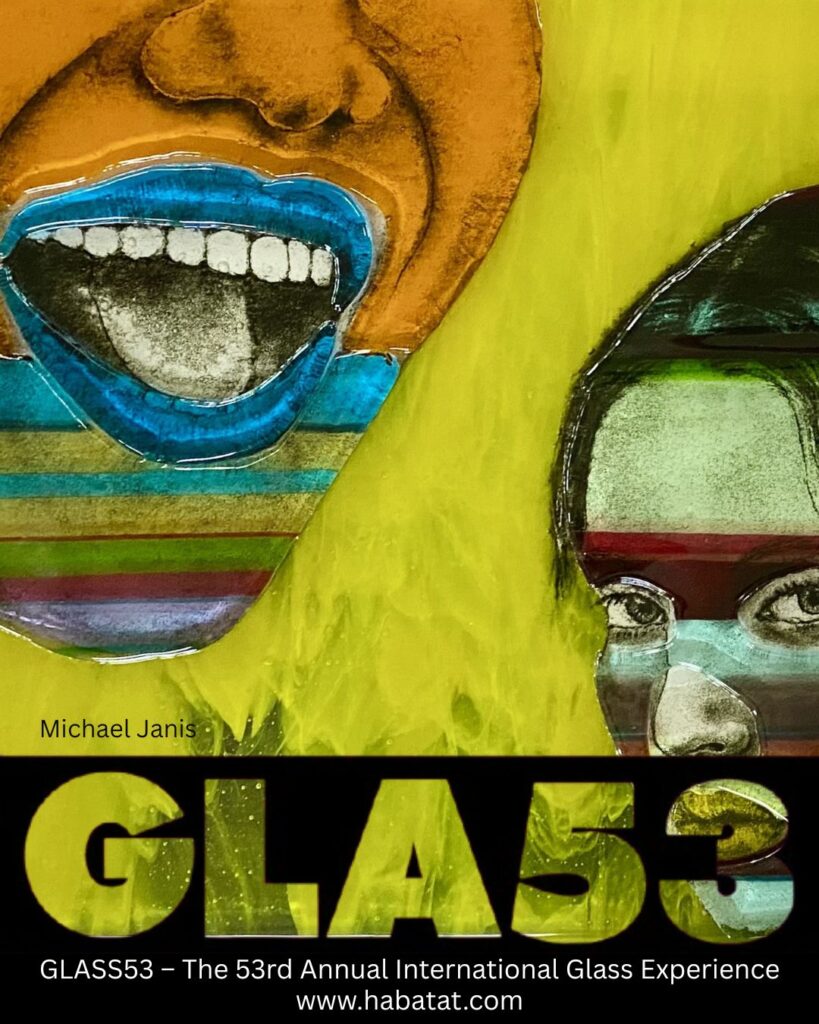
Glass53 is the largest and oldest annual glass art experience in the world. Now in its 53rd year, Habatat Galleries in Royal Oak, Michigan, presents an extraordinary gathering of the work of over 100 artists from over 30 countries. Each artist is a visionary whose mastery of glass transcends mere materiality to
embody light, texture, and form in ways that captivate the soul. Habatat seeks to honor not only the works themselves but also the journeys of those who create them. This year’s exhibition is not just a showcase; it’s a living narrative of glass as an ever-evolving art form. From the grand halls of the world’s most prestigious museums to the cultural zeitgeist, glass has emerged from the shadows of traditional craftsmanship into the forefront of contemporary discourse. The featured artists are pioneers and storytellers, each bringing a unique perspective to the medium through bold abstraction, intricate realism, or conceptual deconstruction.
Glass53 Booklet (learn all about Glass53): Click HERE
Glass 53 Invited Artists: Shelley M. Allen, Anthony Amoako-attah, Herb Babcock, Michael Behrens, Alex Bernstein, Martin Blank, Jen Blazina, Christina Bothwell, Geoffrey Bowton, Jannah Bowlus, Latchezar Boyadjiev, Peter Bremers, Karen Browning, Nancy Callan, Eunsuh Choi, Deanna Clayton, Amber Cowan, Simone Crestani, Christopher Day, Cheryl Derricotte, Minhi England, Hannah Gibson, Susan Taylor Glasgow, Wilfried Grootens, Baldwin & Guggisberg, Kim Harty, David Huchthausen, Krista Israel, Tim Jaeger, Michael Janis, Karen Willenbrink-Johnsen, Richard Jolley, Brent Kee Young, Claire Kelly, Kelly O’Dell, Steve Klein, Vladimira Klumpar, Eriko Kobayashi, Laura Kramer, Jiyong Lee, Steve Linn, Littleton & Vogel, László Lukácsi, Boldizsár Lukácsi, Lucy Lyon, Dylan Martinez, Robert Mickelsen, John Miller, Lukas Mjartan, James Mongrain, Karin Mørch, Josepha Gasch-Muche, Kathleen Mulcahy, Barbara Nanning, David Patchen, Maytas Pavlik, Sibylle Peretti, Pohlman & Knowles, Stephen Rolfe Powell, Colin Reid, Kait Rhoads, Bruno Romunelli, Marlene Rose, Martin Rosol, Richard Royal, Toland Sand, Thomas Scoon, John Sharvin, Judith Schaechter, Jeremy Sinkus, Paul Stankard, Ethan Stern, April Surgent, Lino Tagliapietra, Takizawa Kazuki, Michael Taylor, Bensen & Theofanous, Stephanie Trenchard, Carmen Vetter, Elliot Walker, & Trina Urrata Weintraub.
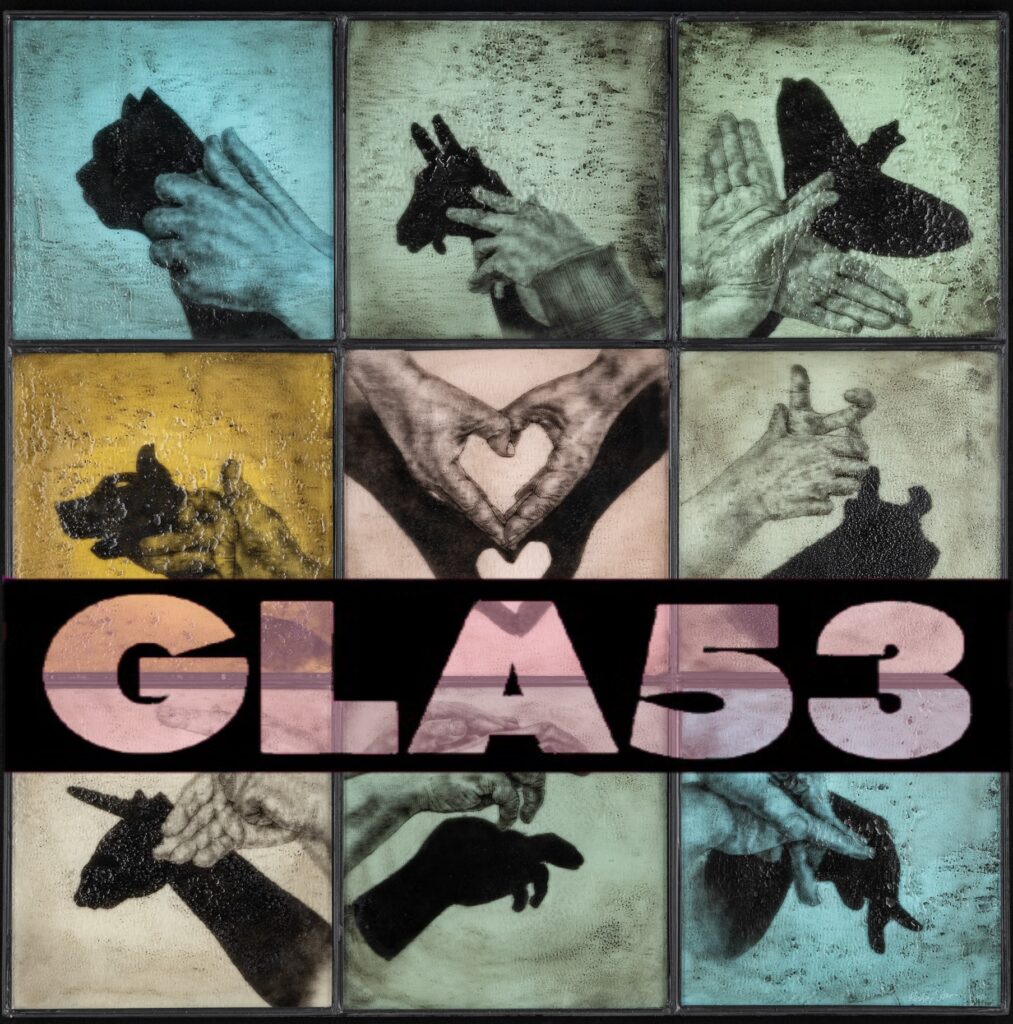
53nd Annual International Glass Invitational Award Exhibition GLASS53
May 3, 2025 – Sep 19, 2025
Habatat Galleries
4400 Fernlee Ave
Royal Oak, MI 48073
Email: info@habatat.com
Phone: 248-554-0590
